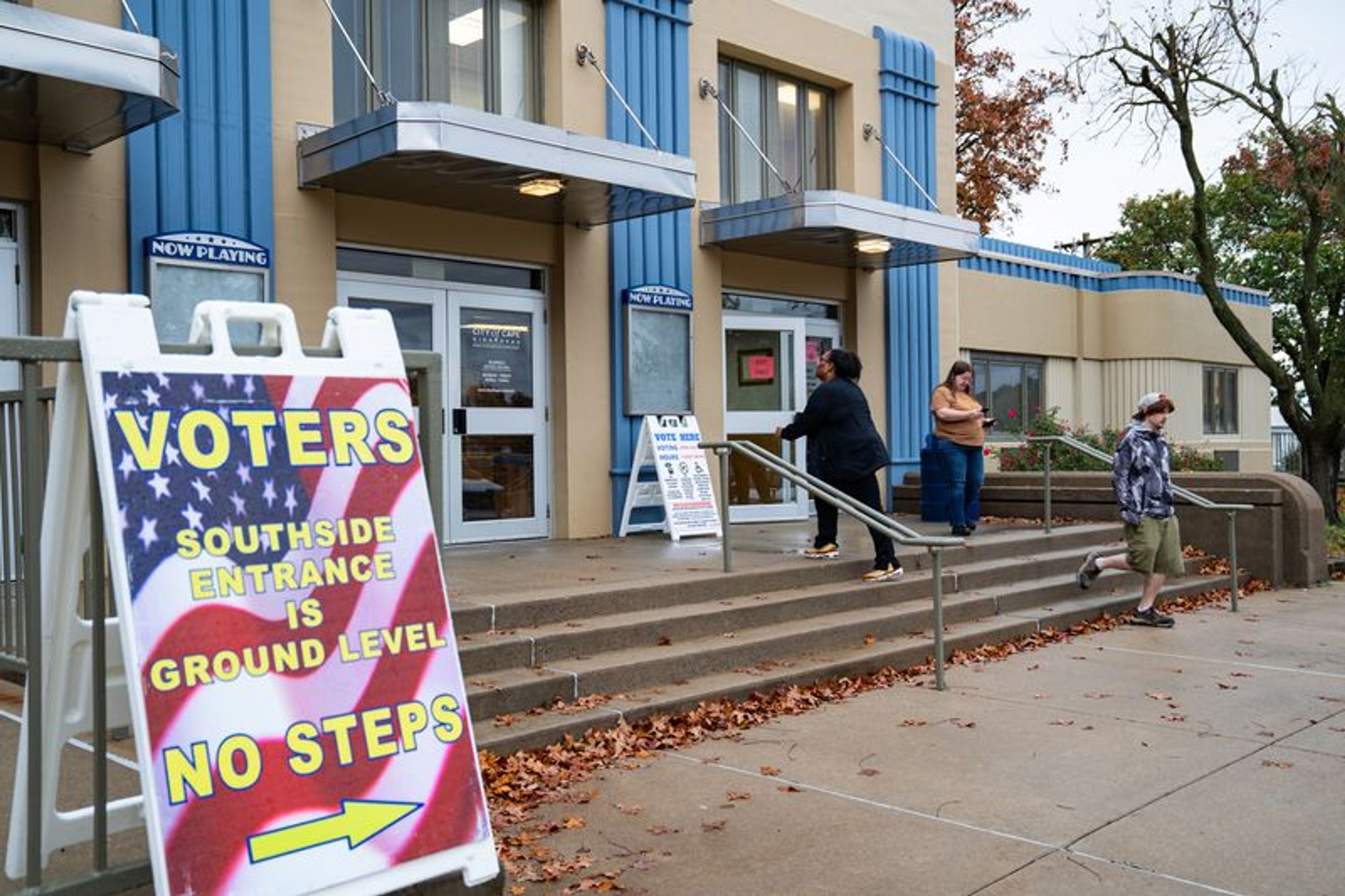Newborn fawn has so much to learn -- and to teach
Like the first burst of yellow daffodils in the spring, the appearance of the first fawn of the season is just one clue that the cycle of life remains unbroken. My wife spotted the fawn and its mother Monday afternoon. The deer usually roam our neighborhood in a group of five (now six). But the mother and her newborn crossed the street together, but without the extra ears and eyes to keep a lookout for any signs of danger...
Like the first burst of yellow daffodils in the spring, the appearance of the first fawn of the season is just one clue that the cycle of life remains unbroken.
My wife spotted the fawn and its mother Monday afternoon. The deer usually roam our neighborhood in a group of five (now six). But the mother and her newborn crossed the street together, but without the extra ears and eyes to keep a lookout for any signs of danger.
The fawn, I'm guessing, was born earlier that day. Even so, its tiny stilt legs kept up with the doe -- the source of protection and food.
How quickly can a newborn deer get up and walk? Almost immediately, based on my experience on the golf course a few years ago.
As I got ready to tee off on the 18th fairway that spring, I noticed a deer crossing the lush grass less than 200 yards out. Typically, such an encounter with a deer would result in a quick departure by the wild creature, with its tail flashing a warning to any other nearby deer.
But this deer stopped in the middle of the fairway and, right in front of my eyes, gave birth to a spindly fawn. I swear it didn't take the newborn more than five or 10 minutes to adjust to its new surroundings and stand up on wobbly legs while it nudged the doe looking for sustenance.
The doe was familiar enough with golf courses to know I would soon be heading her way, so she took a few hopping steps to the edge of the creek running parallel to the fairway and without a pause made an arc over the creek. The tiny fawn imitated its mother, hopping to the edge of the creek, but its arc over the ditch was short, and the fawn landed in the creek, which had only a tiny bit of water.
I called the clubhouse, and a couple of groundskeepers showed up to assess the situation. One of them jumped into the creek and set the fawn on the safe side of the ditch. Soon mother and fawn were reunited.
Keep in mind, all of this happened within minutes of the birth scene on the fairway.
On more than one occasion I have contemplated -- or tried, at least -- what, exactly, God had in mind when he created deer able to stand up and walk immediately after birth and with the knowledge that a doe was the source of nourishment.
Meanwhile, was it the Almighty's sense of humor at work when he created human beings, the so-called top of the food chain, unable to fend for themselves -- or, more than that, sometimes born to parents at a loss for what to do next with a crying newborn infant?
Just wondering.
Or how does almost any animal, other than humans, know something about birthing her babies, caring for them and providing for them?
Just wondering.
One explanation could be that God expects us humans to make serious choices to maintain the species, choices about life and the after-life. Deer and other creatures have two basic requirements when they are born: protection and nourishment.
Humans, on the other hand, have thousands of choices about caring for and feeding and teaching right and wrong to blank minds able to absorb both good and bad rearing but thriving best when love and smiles and devotion and soft touches and gentle kisses are involved.
As I look back on our own child-rearing experiences, I continue to be amazed that we muddled through, somehow, even if we didn't always make exactly the right choices. We tried. We really did.
So did the doe with her fawn. Now we will watch the tiny newborn grow and learn how to watch for cars while crossing the street. And how to fade into the hedge when there is any sign of danger.
Welcome, little fawn. Pay attention to your mother.
At all times.
Joe Sullivan is the retired editor of the Southeast Missourian.
Connect with the Southeast Missourian Newsroom:
For corrections to this story or other insights for the editor, click here. To submit a letter to the editor, click here. To learn about the Southeast Missourian’s AI Policy, click here.









